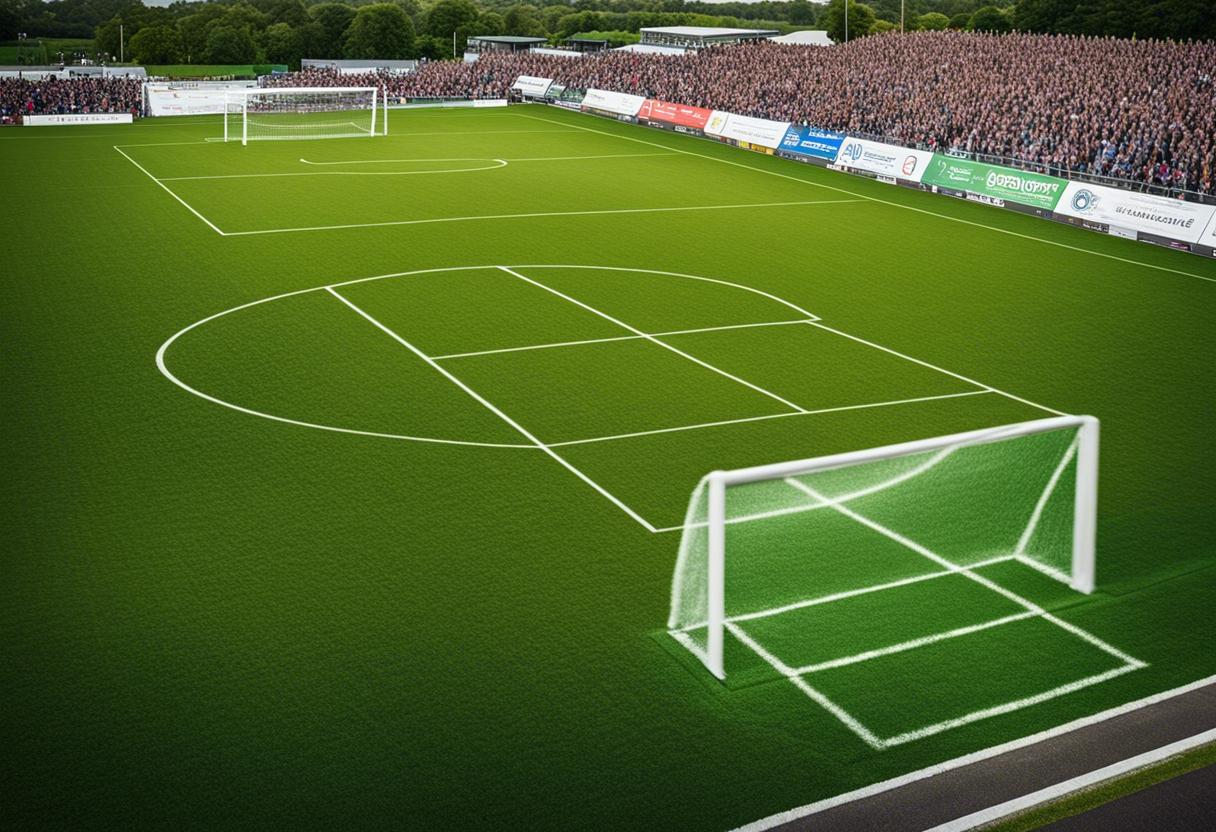The effectiveness of disrupting opposition puckouts has been a primary strategic focus for Clare’s hurling team. David McInerney has been a key player in this regard, winning four puckouts in the first half against Limerick and two against Cork. The size and positioning of Cathal Malone, David Fitzgerald, and Peter Duggan within Clare’s front eight module is critical in these contest areas. During their match with Limerick, Clare succeeded in claiming 8 out of 15 first half puckouts, leading to a score of 0-2. An additional 6 were captured in the second half, contributing another score of 0-2.
Despite the talent displayed by Cork, their strategy was hampered by a large turnover caused by Shane O’Donnell. This led to a revaluation of their plan and highlighted their challenges in deploying puckouts from the back. With respect to first-half puckouts against Clare, Cork held the lead with 10 out of 15 long-range puckouts. As a result, they managed a score of 0-5. Unfortunately, Clare only managed to produce 0-1 from the five puckouts they won, suggesting a need for improvement in capitalising on winning possessions.
In the subsequent half, Clare claimed 11 out of 21 Cork puckouts and converted these to a score of 2-5. This is the only instance where Clare demonstrated improved scoring skills based on won puckouts and Diarmuid Ryan played an instrumental role in this achievement. The inclusion of David Fitzgerald and Peter Duggan, positioned in front of the half-back line to intercept, proved vital for Clare’s puckout defence strategy.
The match between Limerick and Clare exposed Limerick’s struggle with their complex passing game. By the final quarter, where they found themselves nine points behind Clare, Limerick had only managed instances of multiple ball possession in four team ball possessions, none of which resulted in scores.
In a game where energy is essential, Michael Murphy suggests that this factor could help Armagh elevate their performance in future matches.
In the last quarter, Limerick displayed an impressive performance with four double involvement plays. Conor Boylan and Kyle Hayes individually did well in winning a free with their double involvement. Following their lead, Donnacha Ó Dálaigh succeeded in scoring a goal from a one-two with Gearoid Hegarty. Limerick’s style of play during this time helped them to dictate the course of the game.
In comparison with their first half against Tipperary, the success of the double involvements on the scoreboard was minimal, with no scores yielded from five total involvements. Impressively, the tables turned in the second half with Limerick securing 0-5 points from seven double involvement plays. It was Tom Morrissey and Adam English who scored the more remarkable of these points. Evidently, the way forward for teams appears to be adapting to Limerick’s unique style of passing and movement. The problem seems to be maintaining this approach, however, as eventually, Limerick always finds a workaround.
On a different note, Tipperary’s failure to score goals, particularly noticeable in their second Munster match, will undoubtedly frustrate Liam Cahill. Cahill’s teams are known for their goal-scoring prowess, often indicated by the raising of green flags. A key concern for Cahill and likely for Tipp’s fans are the basic skill errors in the attack causing missed goal opportunities.
So far in their two games, the Tipperary forwards have committed 11 unforced errors in the attacking part of the pitch. These mistakes, such as the failure to execute a pick up first time, or a ball going to ground on the pass, have prevented success for Tipperary. Notable mishaps include the extra touch taken by Sean Ryan in the 22nd minute and the dropped hand pass by Mark Kehoe just ten minutes earlier. Both errors proved costly, dismissing potential goal opportunities.
The following week brought with it continued slip-ups. At Walsh Park during the 69th minute, a too-high ball was thrown from Mark Kehoe to Bonner Maher, requiring absolute control of a fully outstretched stick. From there, the ball was passed on to John McGrath but the lack of precision in the passes was evident.
It’s time for Cork to shatter their bad habits. During the national league, Cork displayed extraordinary innovation in their puckout with 10 within their 45 and cleverly synchronized movement out to Patrick Collins’ timely deliveries. They’ve successfully maintained these coordinated puckouts, even under clean pressure, and recorded six clean wins against Waterford and four more against Clare. However, this pursuit of perfection with their coordinated efforts puts them at a numbers disadvantage if a clean win isn’t achieved.
In competitions against Waterford and Clare, Cork only claimed 8/19 (42%) and 8/22 (36%) of long puckouts in areas of breaking ball. More dedication and aggression will be required in these areas, particularly against Limerick and Tipperary, to ensure a fighting chance at advancing from the province.
Waterford’s remarkable game involves line-breaking skills, commonly seen from the half-back and midfield sections. Players with rugby background like Tadhg De Burca, Neil Montgomery, and Callum Lyons demonstrate this by surging forward in possession, along with smaller centre-like players like Jamie Barron and Darragh Lyons who prove size isn’t a necessity in evading tackles.
This upbeat hurling style, combined with the supporting off-the-shoulder handpass, has brought success. Waterford chalked up 0-5 against Cork with this strategy and upped their game to score 0-7 in their aggressive, long-distance shots against Tipperary.
An intriguing detail of these dozen points is that half were yielded from the part situated under the stand at Walsh Park, under the attentive observation of Davy Fitzgerald. This puts Waterford in a position where their assertiveness and robustness in this respect should anticipate equal opposition in their concluding couple of encounters in Munster, versus Limerick and Clare. This is a scenario where clashes between towering players are imminent.
The Performance Process employs Paul O’Brien who serves as a performance analyst (twitter.com/NoPlanBGAA).

